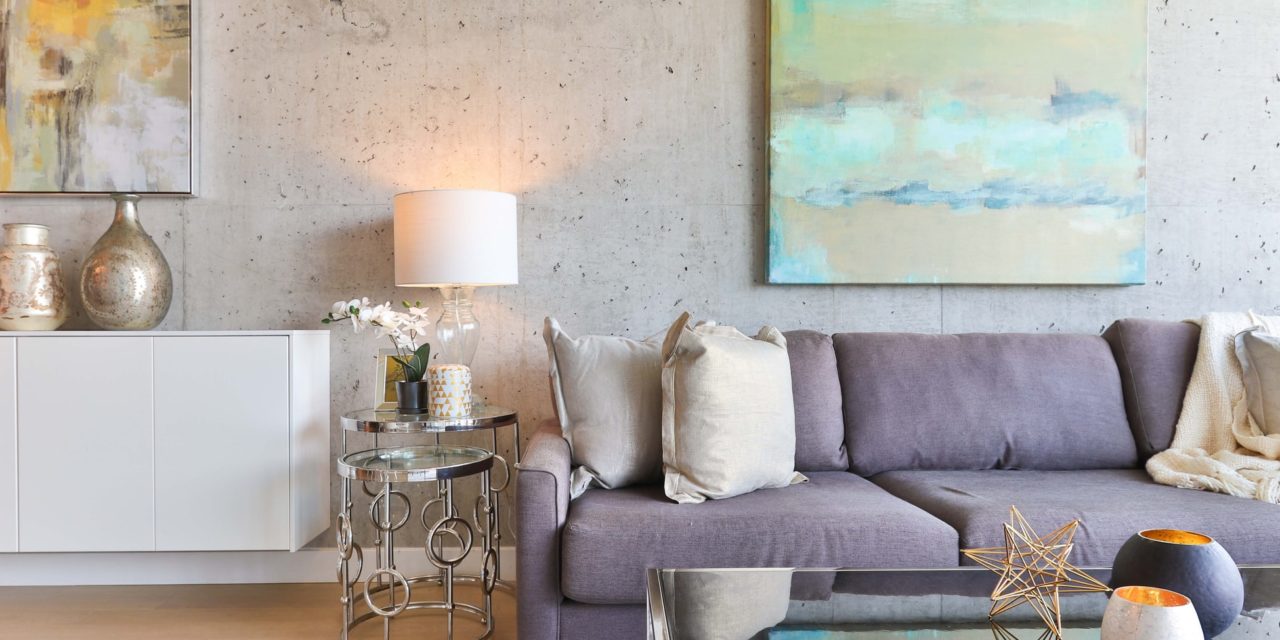If you have ever taken part in a qualitative market research focus group or group discussion, your recruiter will have explained to you about any audio or video recording that goes on, to help the researcher write their report afterwards. It's important that during the discussion the talk can flow and unfold naturally without being held up or interrupted by note-taking or asking for repetition, and these days recording and even live-streaming of research is very normal. You are of course protected at all times by the Market Research Society code of conduct in the UK and similar bodies in other countries, and nowadays people are so much more comfortable with the whole idea of video surveillance and recording, that a camera in the corner of the room rarely feels awkward or intrusive.
Many professional research facilities however have another feature you won't find in the average living room, which looks like a huge mirror, often filling one wall. It doesn't look quite like a normal mirror, and that's because it isn't one – as everyone knows, it has one reflective surface, in the research room, but from the other side it acts simply like a window. Behind the glass is where the client sits to observe the research taking place. The name ‘two-way mirror' is actually not a very good one, it'd make more sense to describe it as a one-way window instead, because that's how it works. If the lights were on in the back room, you'd see them sitting there, they have to watch you in the brightly lit studio sitting there in the dark.
The moderator leading the research group will of course refer to the mirror and let you know if there are people behind it – usually there are, if someone is paying to use a viewing facility they'll want to view the groups directly. But part of the moderator's job is to set every participant completely at their ease, and although it might be hard to imagine when you first notice the big grey wall and glimpse your own startled face reflected in it, you will soon forget that it is there! Once you are caught up in the discussion and sharing your opinions in a well-planned and lively group it will just fade into the background.
Of course, you'll know on one level that this isn't just a bunch of friends chatting – it's a guided discussion designed to find out certain things from your opinions, and someone is paying for that, hence the mirror and camera and dainty trays of sandwiches. But when the researcher does their job well you can push all that awareness to one side and be caught up with responding to what is being talked about, safe in the knowledge that industry codes of ethics and conduct control who sees and knows what extremely securely – so your opinions can be shared in total safety. It's actually far less intrusive than having a bunch of observers sat IN the room, taking notes or raising eyebrows according to what gets said about their product or brand!
Why do people still sit behind mirrors, in these days of video and streaming technology? There's a range of reasons. Most researchers would say it's nothing to do with habit or what they have always done, and tell you that you simply get closer to the real atmosphere and insights in the room, when you are sitting a few feet away from it rather than watching on your screen at home. They know that being in the room itself could influence the discussion unduly, but they are keen to get as close to it as they possibly can, and be able to choose whom to pay attention to at any given time. Video is great and getting better all the time, but nuances of body language and facial expression can be hard to capture, especially in a group, and different observers will have different priorities and notice different things. Qualitative research is often about getting as close as possible to the experience of the customer, without changing what you are trying to observe… and the use of two-way or one-way glass in a viewing facility is a good way of simulating that.


